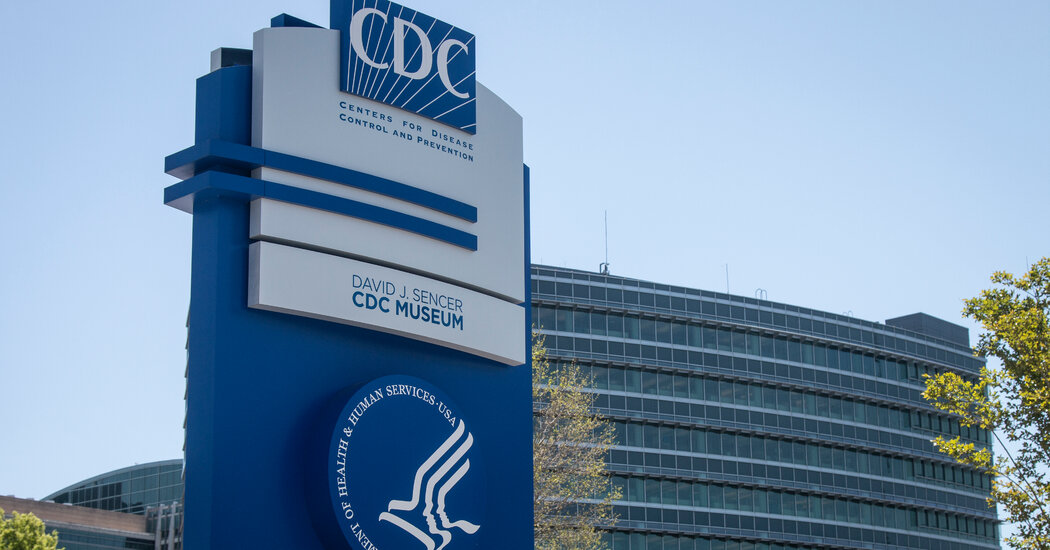
Just weeks after the Centers for Disease Control and Prevention began a comprehensive internal review with an eye toward restructuring, the agency’s director announced on Friday that the team that coordinated the national response to the Covid-19 pandemic would return some of its functions to other departments.
But the so-called Incident Management Structure, initially brought together to respond to the public health emergency, is not being dissolved and will continue to meet “the demands of this evolving pandemic,” according to a letter sent to employees on Friday by the agency’s director, Dr. Rochelle Walensky.
The move signals the beginning of efforts to put in place comprehensive changes at the agency, whose public standing and reputation have suffered in recent years. Some 60 percent of Americans, for example, say they are confused by changes in official pandemic recommendations, according to a recent Pew Research Center survey.
But Dr. Walensky’s letter was short on details regarding the changes. A statement in response to questions from The New York Times said only that the review’s “initial data collection phase is complete, and now the director will synthesize the information, identify themes, and prioritize next steps to formalize approaches and find new ways to adapt the agency to the changing environment.”
Dr. Walensky told employees last month that the C.D.C., which has faced an onslaught of criticism over its recent handling of the pandemic, would undergo a review and evaluation by Jim Macrae, a federal official who has held several senior positions within the Department of Health and Human Services. That review started on April 11.
The review is also looking at how to modernize ways in which the agency develops scientific research and deploys it, and what other strategic improvements can be made to better serve public health, like better surveillance systems.
To those ends, the reviewers have conducted more than 100 interviews and held nearly 50 one-on-one conversations with public health leaders both inside and outside the agency, Dr. Walensky said.
The C.D.C. has long been admired for its scientific approach to improving public health. Many scientists from around the world were trained by its experts and have emulated the agency’s standards and methods.
But the C.D.C.’s infrastructure was neglected for decades, along with the public health system generally. Agency scientists stumbled early in the pandemic with the flawed design of a diagnostic test, and went on to make some recommendations about masking, isolation and quarantine that critics charged were based on insufficient evidence.
On Friday, Dr. Walensky indicated that health equity would be a priority for the agency in the future. The pandemic laid bare the stark racial and ethnic health disparities in the United States. Black, Hispanic and American Indian/Alaska Native adults were hospitalized with Covid and died at higher rates than white Americans.
The roots of the inequities are myriad, and include difficulties gaining access to care, mistrust in the medical system, higher rates of existing health problems like obesity and diabetes, and socioeconomic circumstances, like crowded housing and consumer-facing jobs, that increased the odds of exposure to the virus.
Dr. Walensky said that lessons learned from the pandemic and feedback she has received made clear “that it is time to take a step back and strategically position C.D.C. to facilitate and support the future of public health with a keen focus on health equity and the agency’s core capabilities.”
